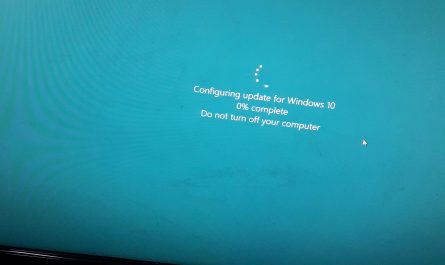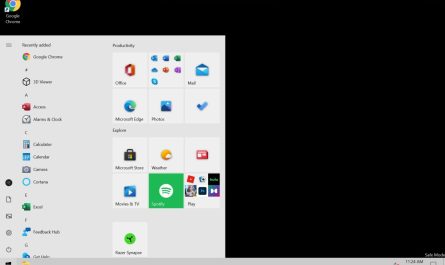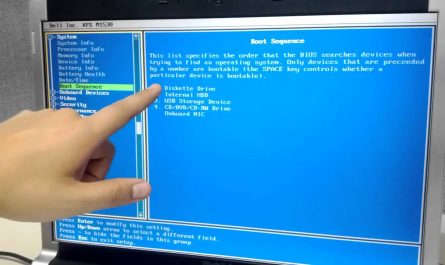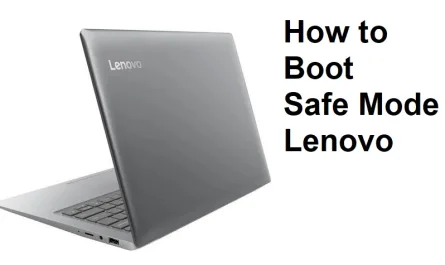We couldn’t install Windows in the location you chose. This could be because the drive you selected is too small, or because there’s already a version of Windows installed on it. To continue installing Windows, select another location on your hard drive, or create a new partition.
We couldn’t install Windows in the location you chose. This is because that location is currently in use by another program or system. Please select a different location and try again.
Windows 10 We Couldn’T Install Windows in the Location You Chose 0X80300024
If you’re trying to install Windows 10 and see the error message “We couldn’t install Windows in the location you chose. Please check your BIOS settings and try again,” it means that your computer’s BIOS is configured to boot from a drive other than your Windows 10 installation media. To fix this, you’ll need to change your BIOS settings so that your computer boots from your Windows 10 installation media.
This error can also occur if your computer’s hard drive is partitioned incorrectly.
If you see this error, it means that either your computer doesn’t have a primary partition, or the primary partition isn’t set as active. To fix this, you’ll need to create a primary partition on your hard drive and set it as active.

Credit: www.youtube.com
How Do I Fix Windows Unable to Install to the Selected Location?
If you’re encountering the “Windows unable to install to the selected location” error, it’s likely because you’re trying to install Windows on an external hard drive or USB flash drive. This is not possible, as Windows must be installed on an internal hard drive in order for it to work properly. If you want to use an external hard drive or USB flash drive for storage, you can format it for use with Windows after installation.
How Do I Fix Error Code 0X80300024?
If you’re seeing the 0x80300024 error code, it means that your Windows 10 installation has become corrupt. There are a few different ways that this can happen, but the most common is probably a power outage during the upgrade process.
Fortunately, there are a few things you can try to fix the problem.
First, make sure that all of your hardware is properly connected and plugged in. Next, try running the Windows 10 Upgrade Assistant again. If that doesn’t work, you can try using the Media Creation Tool to create a bootable USB drive or DVD and then use that to install Windows 10.
If none of those options work, your best bet is probably to contact Microsoft support for help.
How Do I Fix Error Code 0X80070057 While Installing Windows?
If you’re seeing the 0x80070057 error while installing Windows, it’s most likely because of a problem with the boot order in your BIOS. To fix this, simply change the boot order so that your DVD or USB drive is first in line.
If that doesn’t work, or if you’re getting the 0x80070057 error during other operations, it’s likely due to a corrupt registry key.
To fix this, you’ll need to use the Registry Editor to delete the offending key and then restart your computer.
Why Can’T I Install Windows on My Ssd?
Solid State Drives (SSDs) have been around for a while now, but they’re still not as common as their spinning hard drive cousins. Part of the reason for this is that SSDs are more expensive per gigabyte than HDDs. But there’s another factor that can keep people from making the switch to an SSD: Windows.
Microsoft’s operating system has a number of features that are designed to work well with HDDs. As a result, installing Windows on an SSD can be more difficult and time-consuming than installing it on an HDD. This guide will walk you through the process of installing Windows on an SSD, as well as some tips and tricks to get the most out of your new storage device.
One thing to keep in mind before we begin is that SSDs have a limited lifespan compared to HDDs. This is due to the way they store data; instead of using spinning disks like HDDs, SSDs use flash memory chips. These chips can only withstand a certain number of write cycles before they start to degrade, which will eventually lead to data loss.
For this reason, it’s important to take measures to prolong the life of your SSD. We’ll touch on this more later on in the guide.
We Couldn’t Install Windows in the Location you choose. Please Check your Media Drive
Conclusion
We recently tried to install Windows in the location you chose, but we couldn’t. This may be because the location you chose is on a drive that’s not formatted for Windows, or because there isn’t enough free space on the drive. If you’re not sure what to do next, please contact our support team for help.




